Lawrence Peter [Yogi] Berra, noted sage and renown philosopher famous for his witty, yet nonsensical statements that always seemed to make perfect sense, once uttered the following: “You can observe a lot by watching.”

During our trans-Atlantic cruise aboard the Disney Magic in September, we learned a lot by observing and listening to former Disney cast member Bruce Kimbrell during his seven thoroughly enjoyable presentations in the ship’s Buena Vista Theatre.
Kimbrell began the series by talking about his 40-year career, which he described as “a real E-ticket ride.”
It all started for Kimbrell as a skipper on the Jungle Cruise in Disneyland, where “I figure I made 15,000 trips” sailing on those murky, yet world-famous waters.
“I actually had 17 different careers with Disney around the world – in California, Florida, Japan, China and Europe. I worked at the Walt Disney Studios, for Adventures by Disney and at the Disney Institute. I worked on every continent except Antarctica.”
With those wide-ranging experiences under his belt, Kimbrell is well-versed when it comes to Disney history. His presentations, often sprinkled with a dash of humor, reflected that in-depth knowledge.
And the little-known pearls of wisdom he relayed to each packed house were well-received. He enhanced each presentation with archival photos and videos shown on the theater’s big screen.
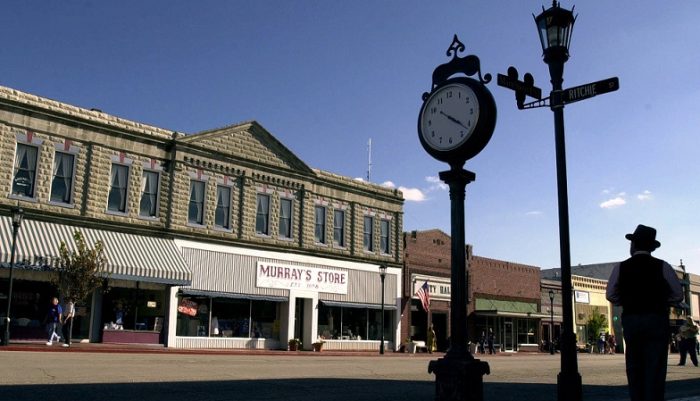
He began his series by talking about Main Street U.S.A., which we all know was loosely patterned after Walt Disney’s boyhood home in Marceline, Missouri, population 3,000.
“Walt’s boyhood home in Marceline is located off Highway 36,” Kimbrell said. “If you show up at the front door, the woman who currently owns the home is more than happy to show you Walt’s original bedroom.”
Kimbrell also mentioned that Disney Legend Harper Goff was one of the original designers of Main Street and that he, in turn, was influenced by his own hometown of Fort Collins, Colorado. “The architecture in Fort Collins is very familiar,” Kimbrell said.
Kimbrell then provided his audience with a series of tidbits about Main Street that left most in attendance in awe.
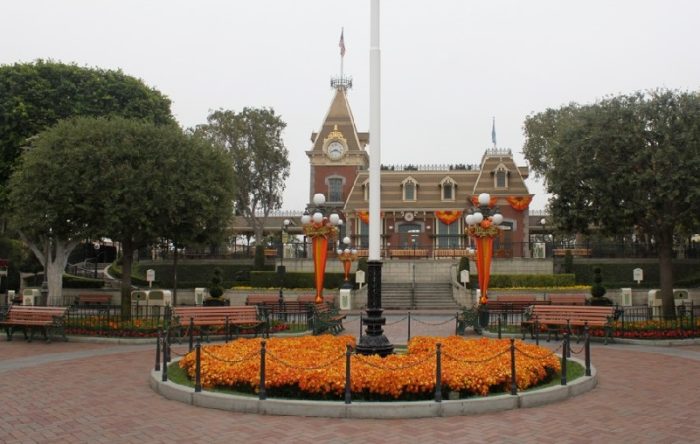
The first involved the flagpole located in Town Square in Disneyland. There’s an elaborate cast iron base attached to the flagpole, courtesy of opportunistic Disney Legend John Hench.
“John was driving in Santa Monica one day when he was stopped in a traffic jam,” Kimbrell said. “He got out of his car to find out there had been an accident up ahead. He walked toward it and saw that one of the cars had crashed into a light post. The base of the light post was off to the side of the road, so John walked over, picked it up and stuffed it into his car. He brought it back to Disneyland, where he had them install it at the base of the park’s flagpole.
“That little thief!” Kimbrell said to loud laughter.
Kimbrell then delved into Walt’s obsession with Disneyland’s cleanliness … and the evolution of trash cans placed throughout the park.
The Stanford Research Institute, which helped in the early design phases of Disneyland, had conducted a study on cleanliness within the park, concluding that a clean environment sends subliminal messages to guests that the place is organized and safe.
When Disneyland opened in 1955, there were mesh garbage cans located sporadically around the park. “Walt hated them,” Kimbrell said.

Kimbrell added that Walt was so obsessed with the appearance of the park that he ordered that every 90 days, the cans were to be taken backstage, stripped and repainted to make them look clean and new.
That obsession carried over to landscaping.
“Did you ever wonder why the landscaping looks so beautiful at the Disney parks?” Kimbrell asked. “Money,” he said, answering his own question.

We’ve since learned that Disneyland plans to install artificial turf in many areas of the park, including the entrance, in an effort to conserve water. The planters will remain real and spectacular.

“There are about 10,000 lightbulbs along Main Street,” he said. “Have you ever seen any of them burned out?”
Not really. That’s because Disney devised a system to ensure that dead bulbs wouldn’t happen … by replacing them after a certain amount of time before they have a chance to burn out.
“The street is divided into sections,” Kimbrell said. “All the bulbs are replaced in each section and the date is recorded when they’ve been replaced. The bulbs are pulled out and replaced when they’ve reached about 85 percent of the manufacturer’s suggested replacement date.”
Later presentations by Kimbrell centered on the windows along Main Street; Walt’s private apartment above the firehouse; the evolution of Club 33; and the arduous task of bringing “the Florida Project” to life.
The final day saw Kimbrell talk about Disney firsts and flops, which was quite interesting.
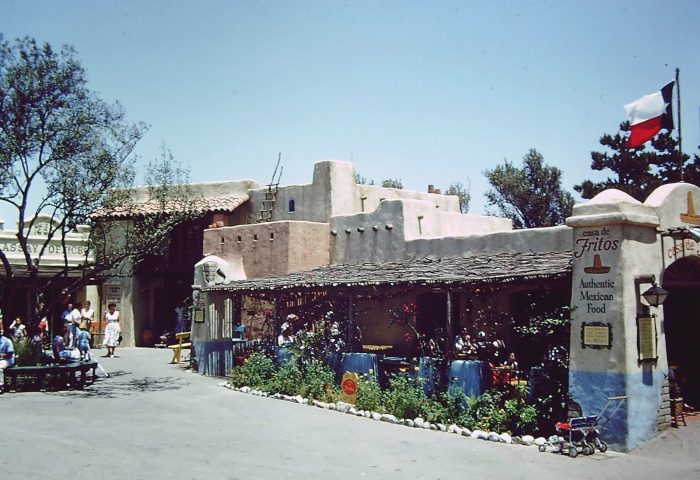
For instance, the Casa de Fritos restaurant in Frontierland has become known as the “birthplace of Doritos.” In 1966, the crunchy, spicy chips were dreamed up by the restaurant staff, who would take leftover tortillas, cut them into triangles, deep fry them, and season them in the style of a Zapotec Mexican snack called totopos.
Disneyland introduced guests to the churro, a Spanish staple, in 1985 and, according to Kimbrell, “by golly those things took off!” adding that “they only cost 17 cents to make.”
Disneyland also was the place where the world’s first tubular steel roller coaster – the Matterhorn Mountain bobsleds – were introduced in 1959.
Also in 1959, the world’s first monorail system inside a theme park began. “If you’ve ever wondered why there aren’t more monorail beams on Disney property,” Kimbrell said, “it’s because they’re cost prohibitive. They cost 80 million dollars per mile to build.”
He added that the posts that support the beams are buried 40 feet deep, to ensure stability.
Disneyland still holds the patent on the “broilimation” machine, which was invented at the Tomorrowland Terrace to cook hamburgers.

Kimbrell then related a personal story about the Tiki Birds and another Disney obsession: Attention to detail.
When he was a youngster, his family waited those three long hours to see the Tiki Birds. They came away impressed. Years later, Kimbrell found a postcard that his mom had sent to a relative in which she said she could “see the birds actually breathing.”

As far as flops are concerned, Kimbrell brought up a Main Street shop called the Hollywood-Maxwell Brassiere Co., which opened with the rest of the park in 1955.
“It was a presentation on the history of underwear,” Kimbrell said. In the middle of the shop was a mechanical sorcerer known as The Wizard of Bras. In another part of the store, called the “corseteria,” guests could buy bras and corsets.
The store closed after six months.
In 1997, there was a Main Street parade, known as Light Magic, which cost a reported $21 million to produce. The premise of the parade was to have Disney characters wake up in an enchanted pixie land. Unfortunately, the sight of characters rising from a prone position scared many children.
The parade, which became known as Light Tragic, was disbanded after just 13 days. “But,” Kimbrell noted, “no heads rolled because of the flop.”
Kimbrell went on to mention Rocket Rods, Disneyland’s failed – and costly – attempt to replace the WEDway PeopleMover, which ran from 1998-2000 … Superstar Limo [or Lame-O-Zeen as it became known] ran from February of 2001 to January of 2002 and left most guests wondering “What was that?” as they exited … and Bountiful Valley Farm, a farming exhibit that thrilled no one during its year-long run in 2001 at Disney’s California Adventure.
In all, Kimbrell’s stroll down Disney memory lane was an informative, enlightening and thoroughly enjoyable journey through some of Disney’s most little-known, yet no less important historical elements.
Chuck Schmidt is an award-winning journalist who has covered all things Disney since 1984 in both print and on-line. He has authored or co-authored seven books on Disney, including his latest, The Beat Goes On, for Theme Park Press. He also has written a regular blog for AllEars.Net, called Still Goofy About Disney, since 2015.


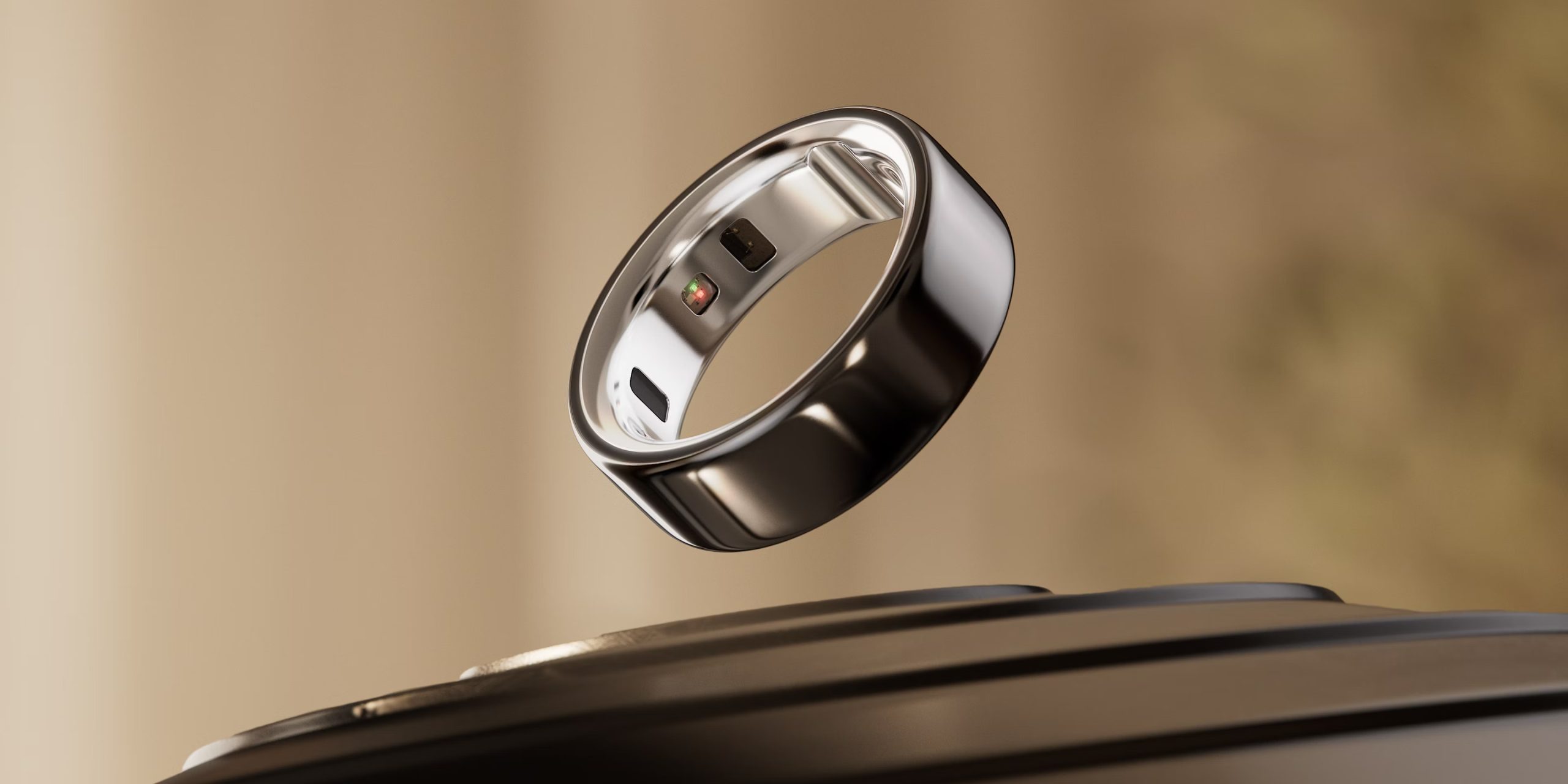
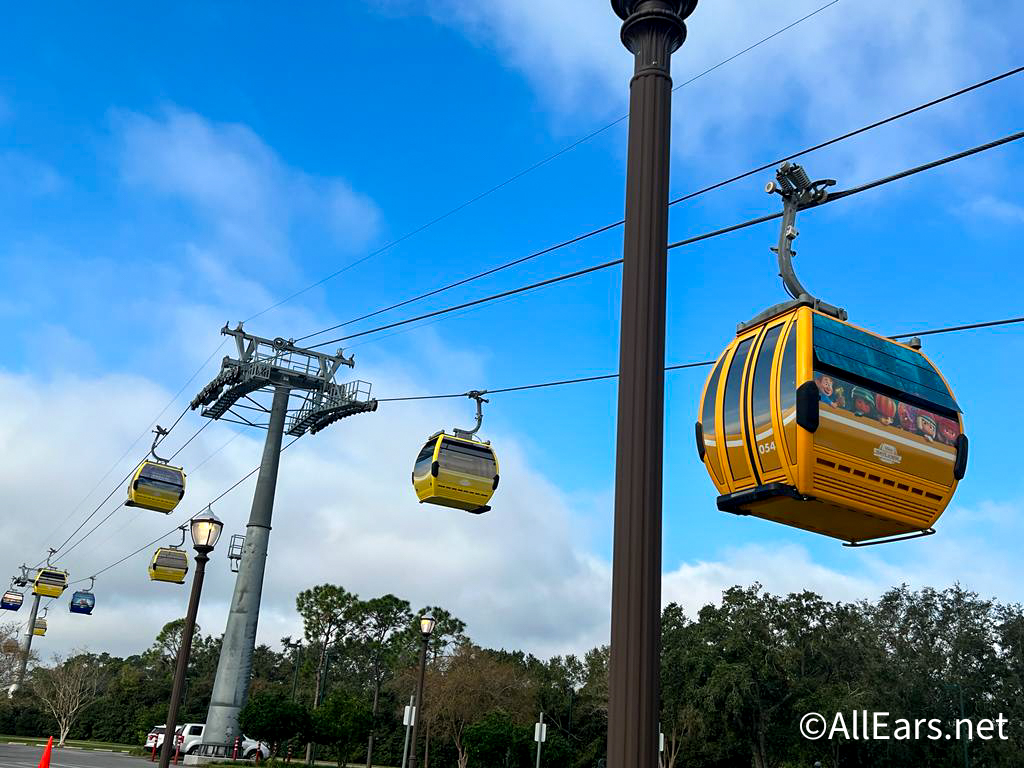
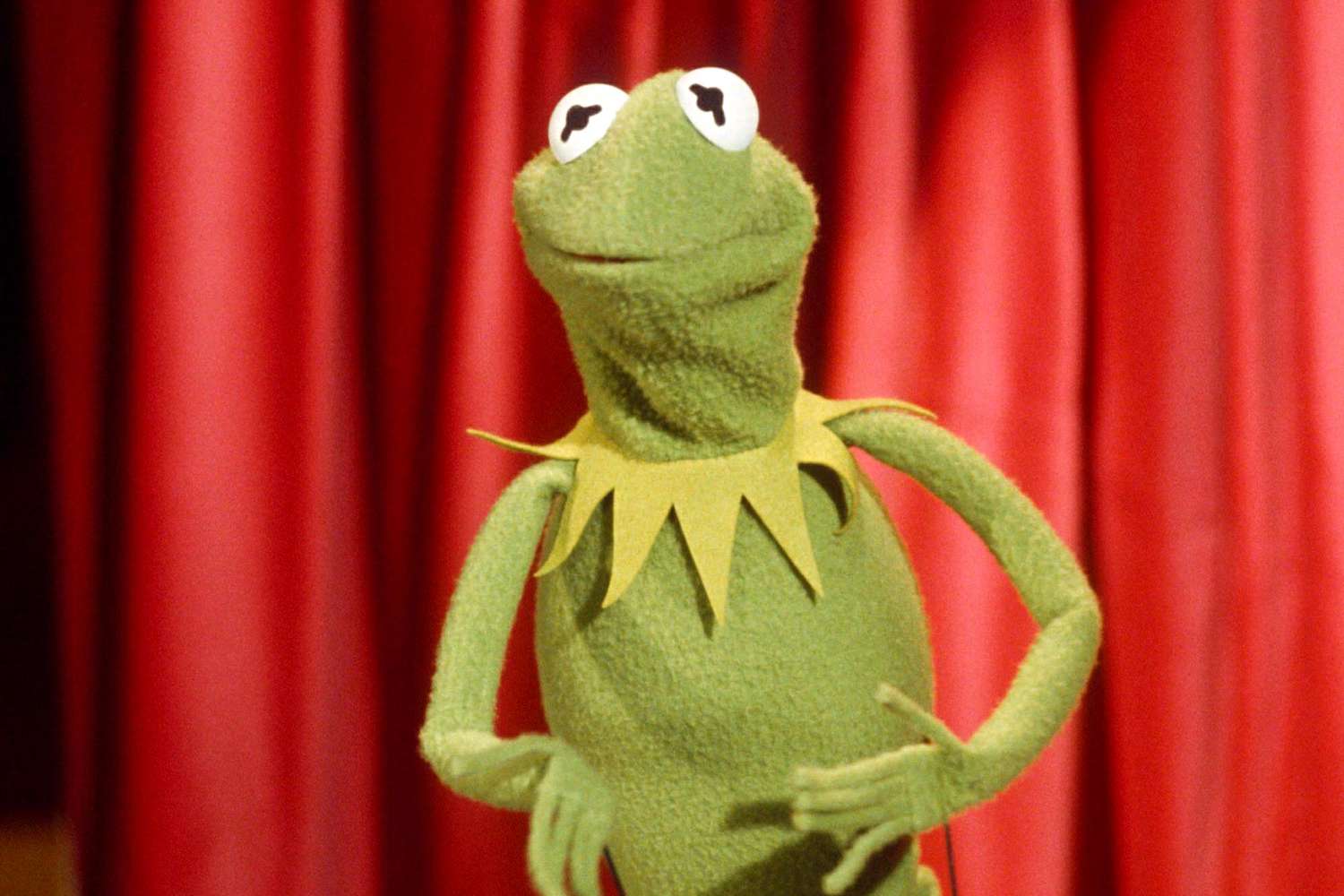
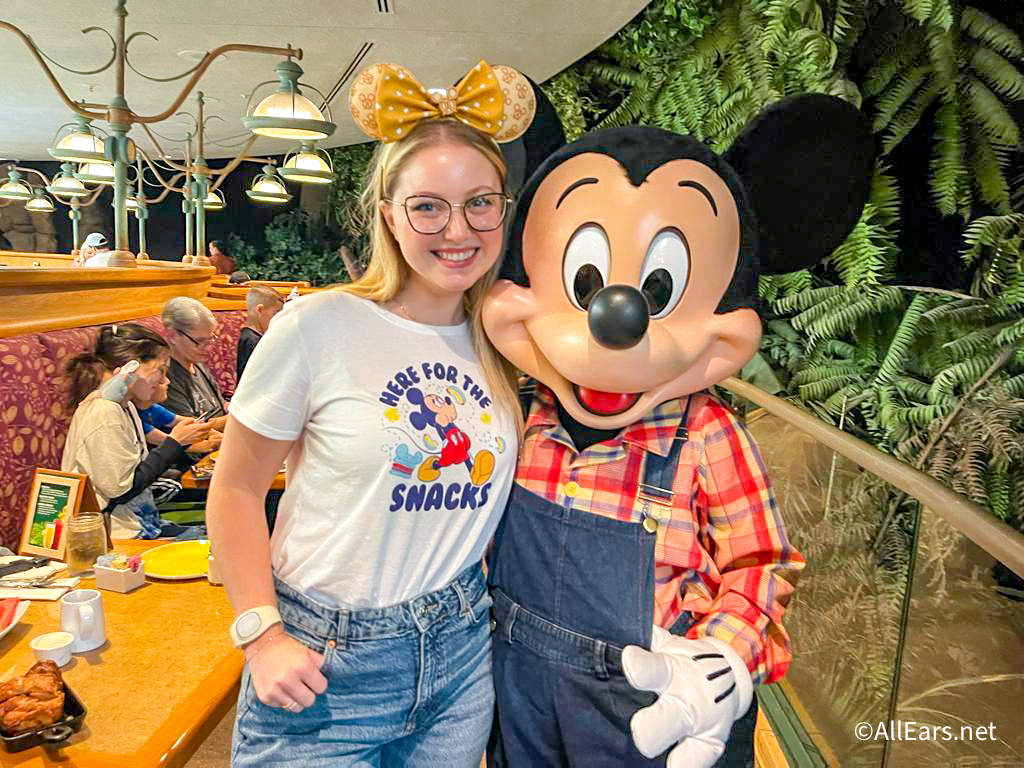
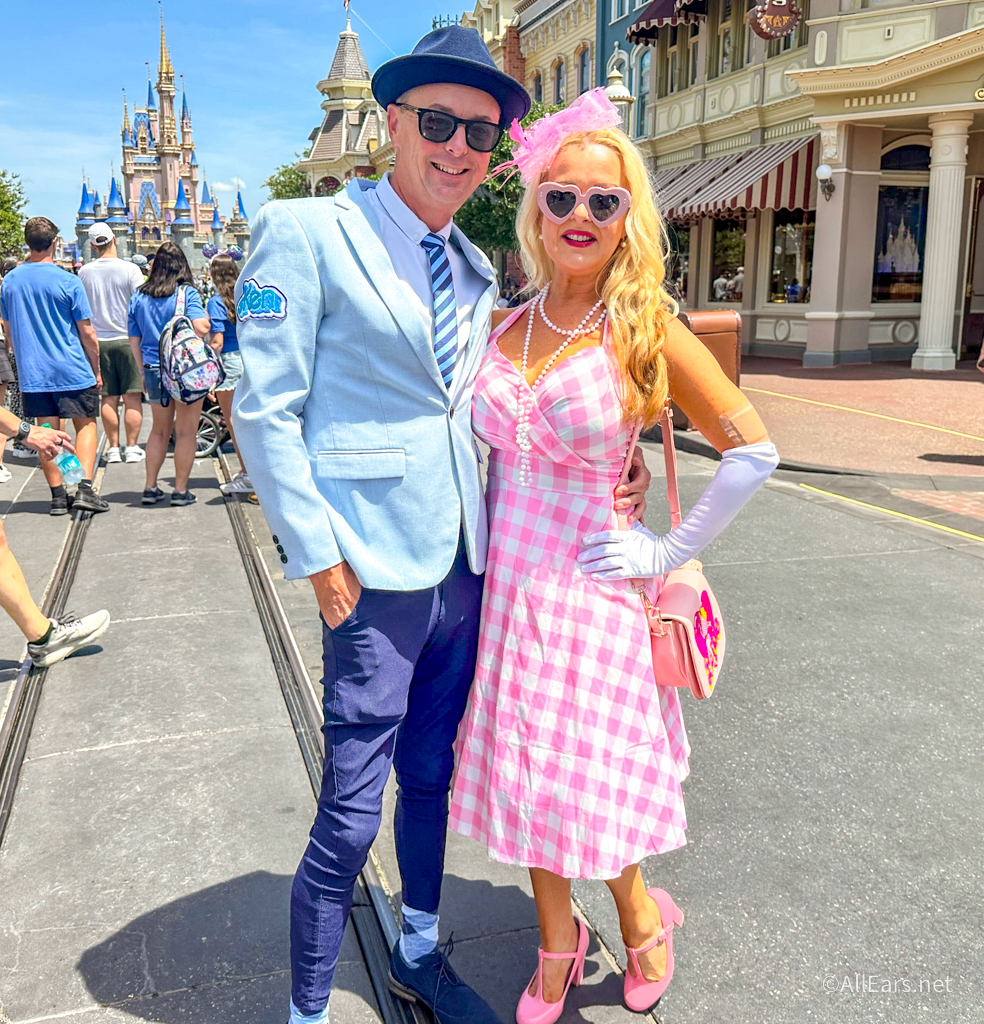
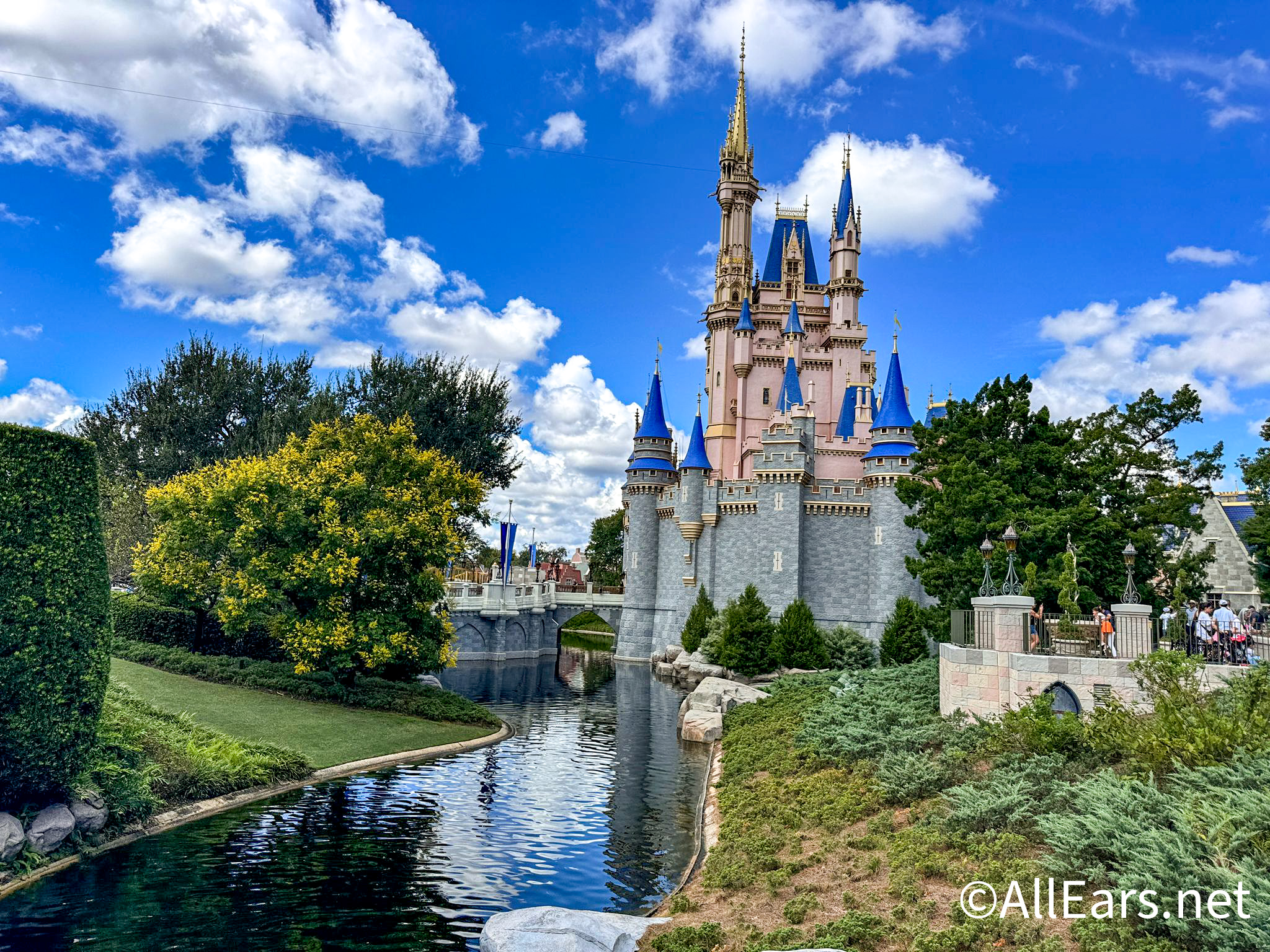
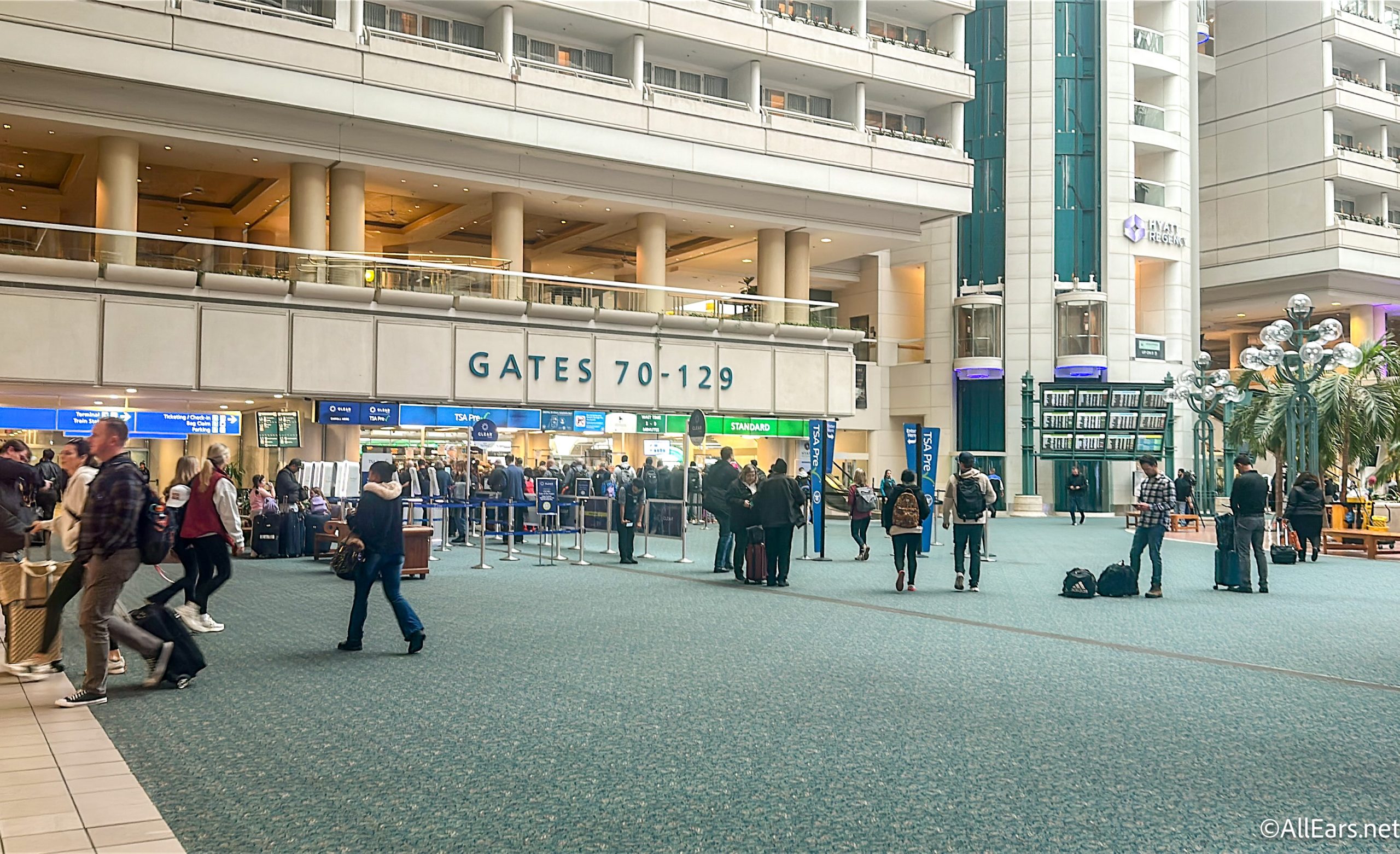
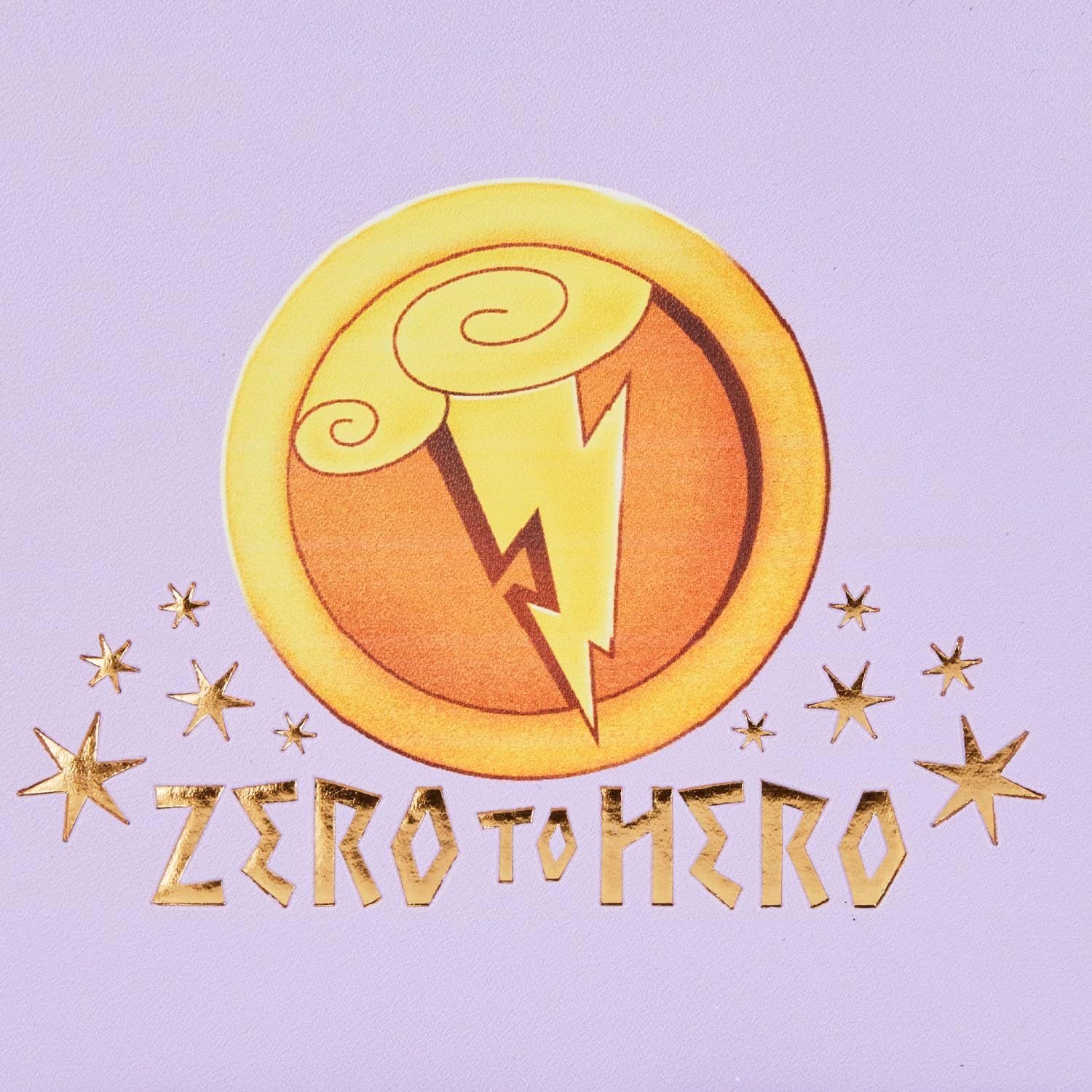
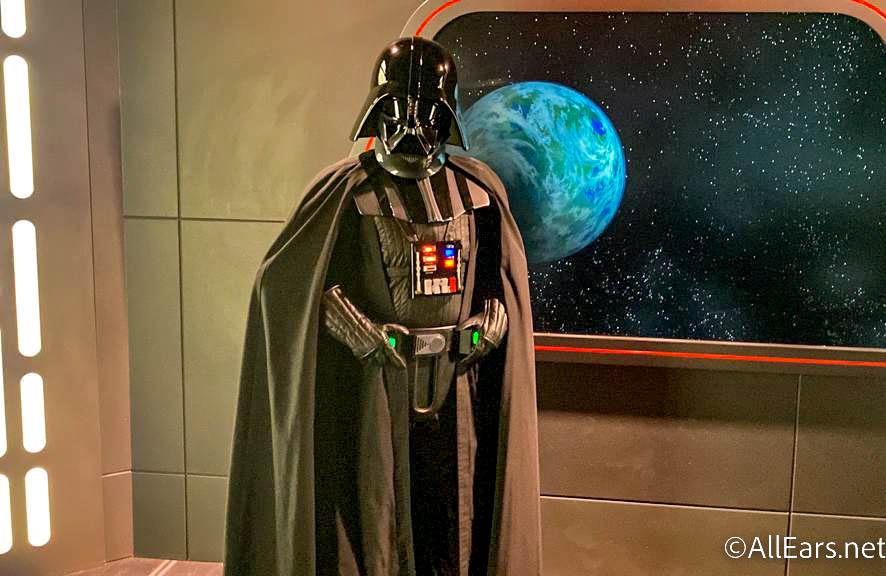
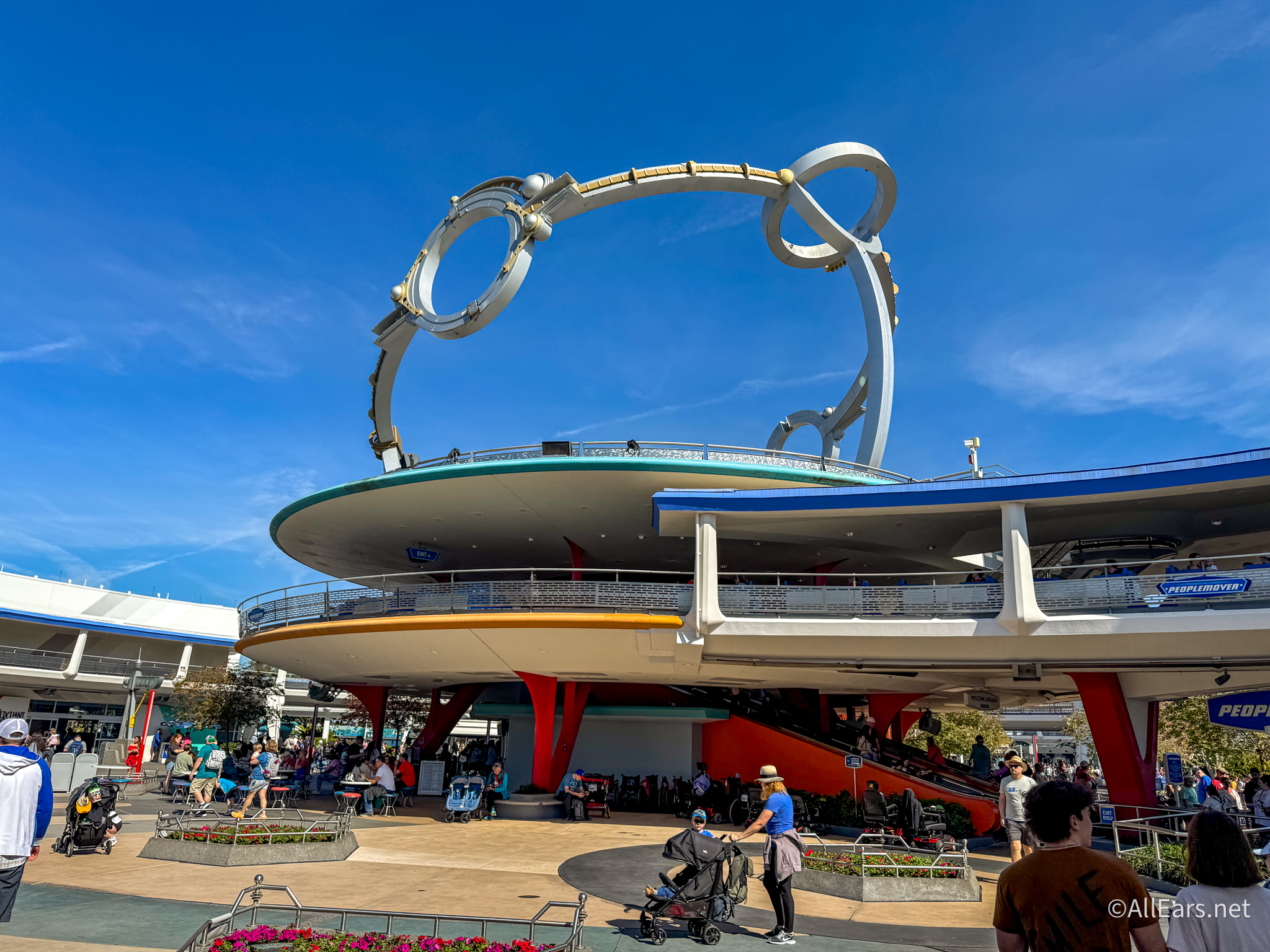
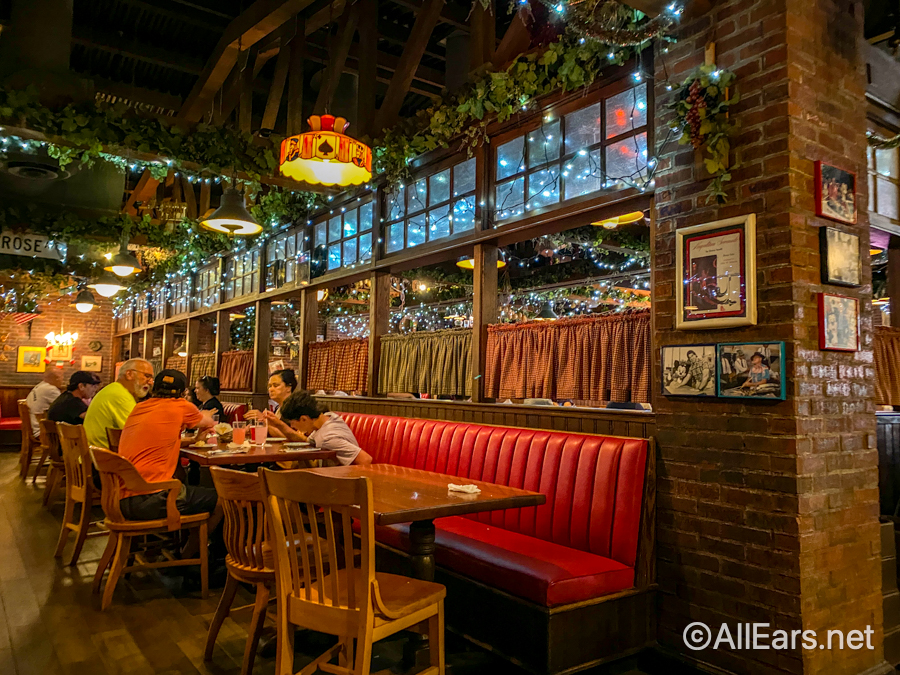
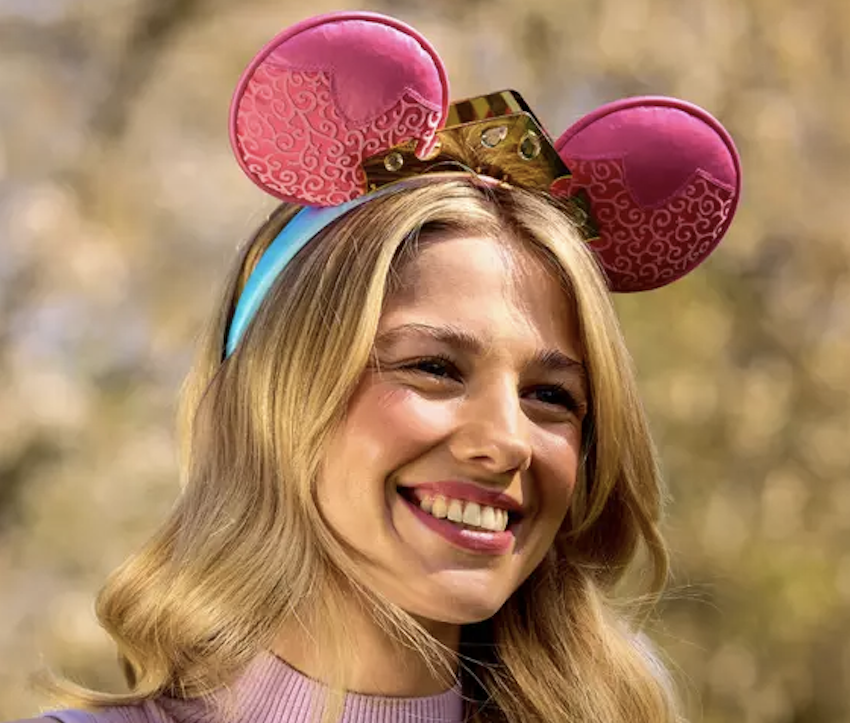

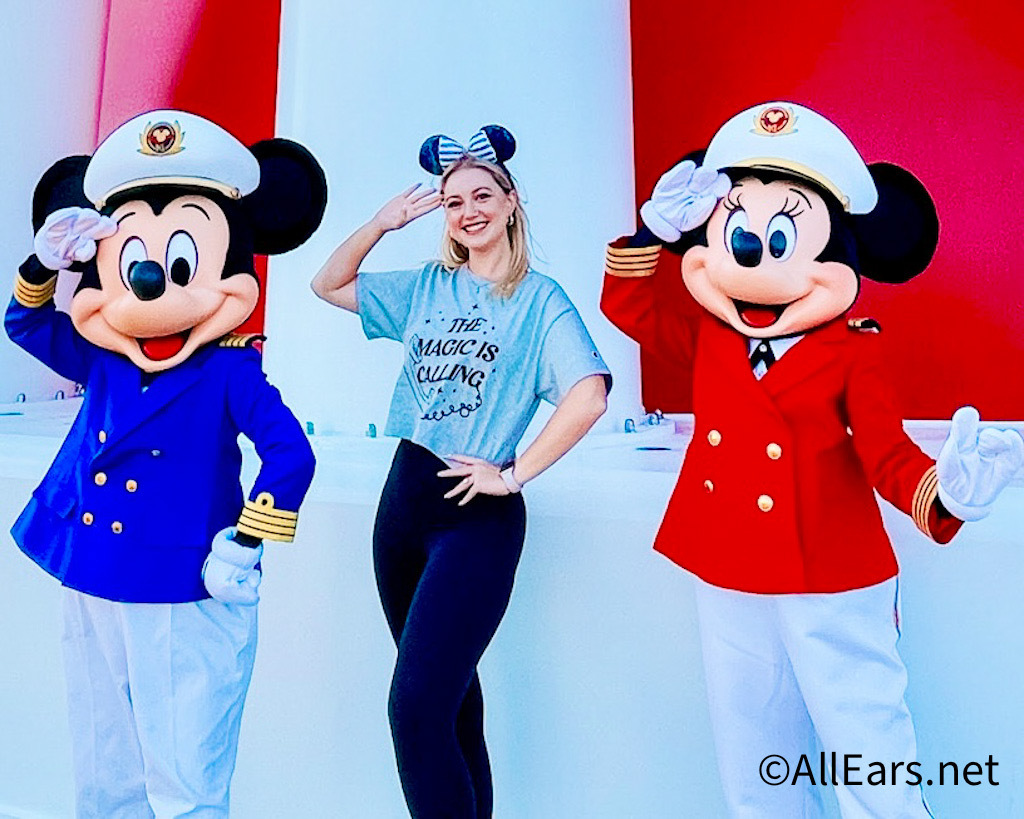

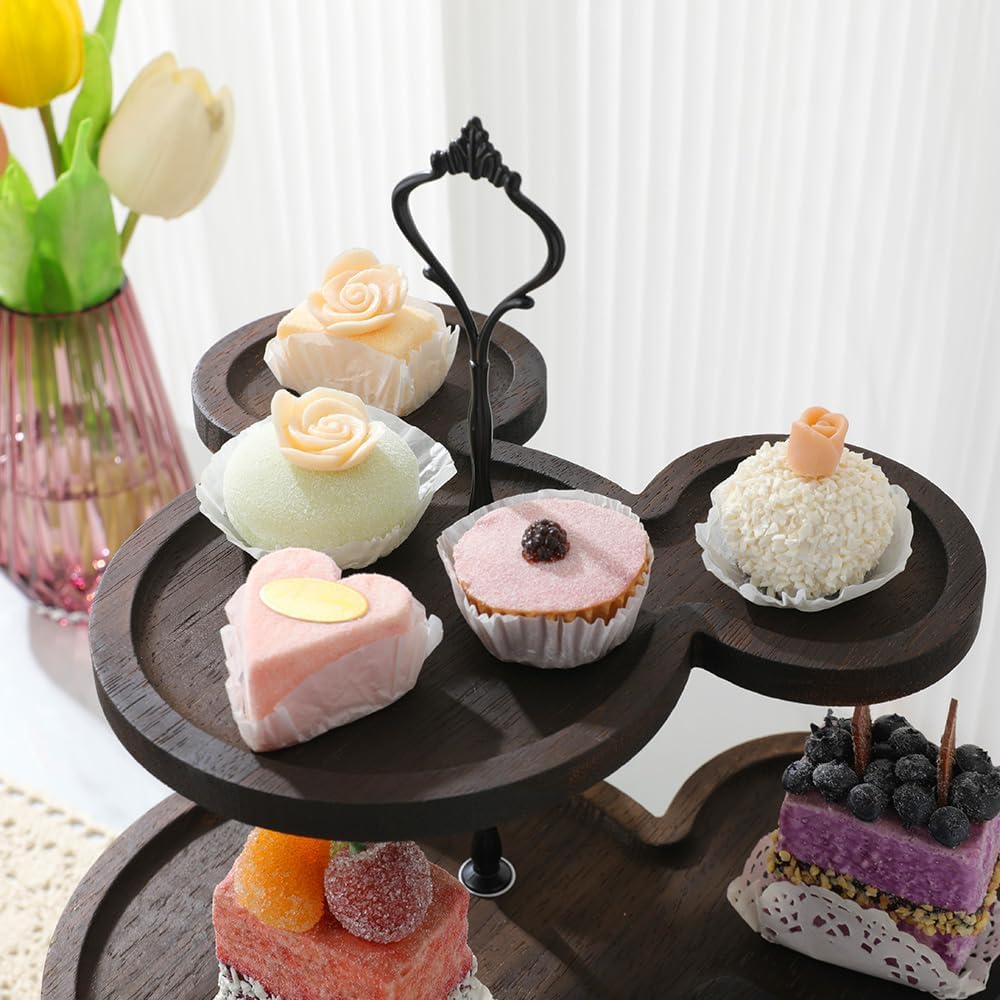
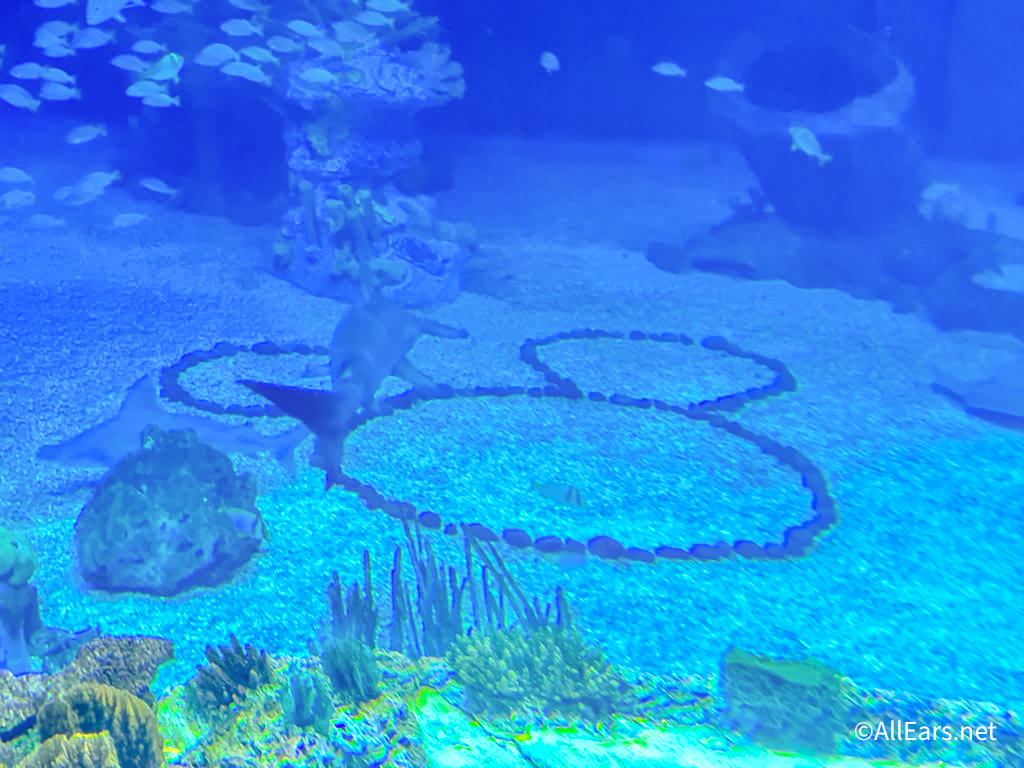
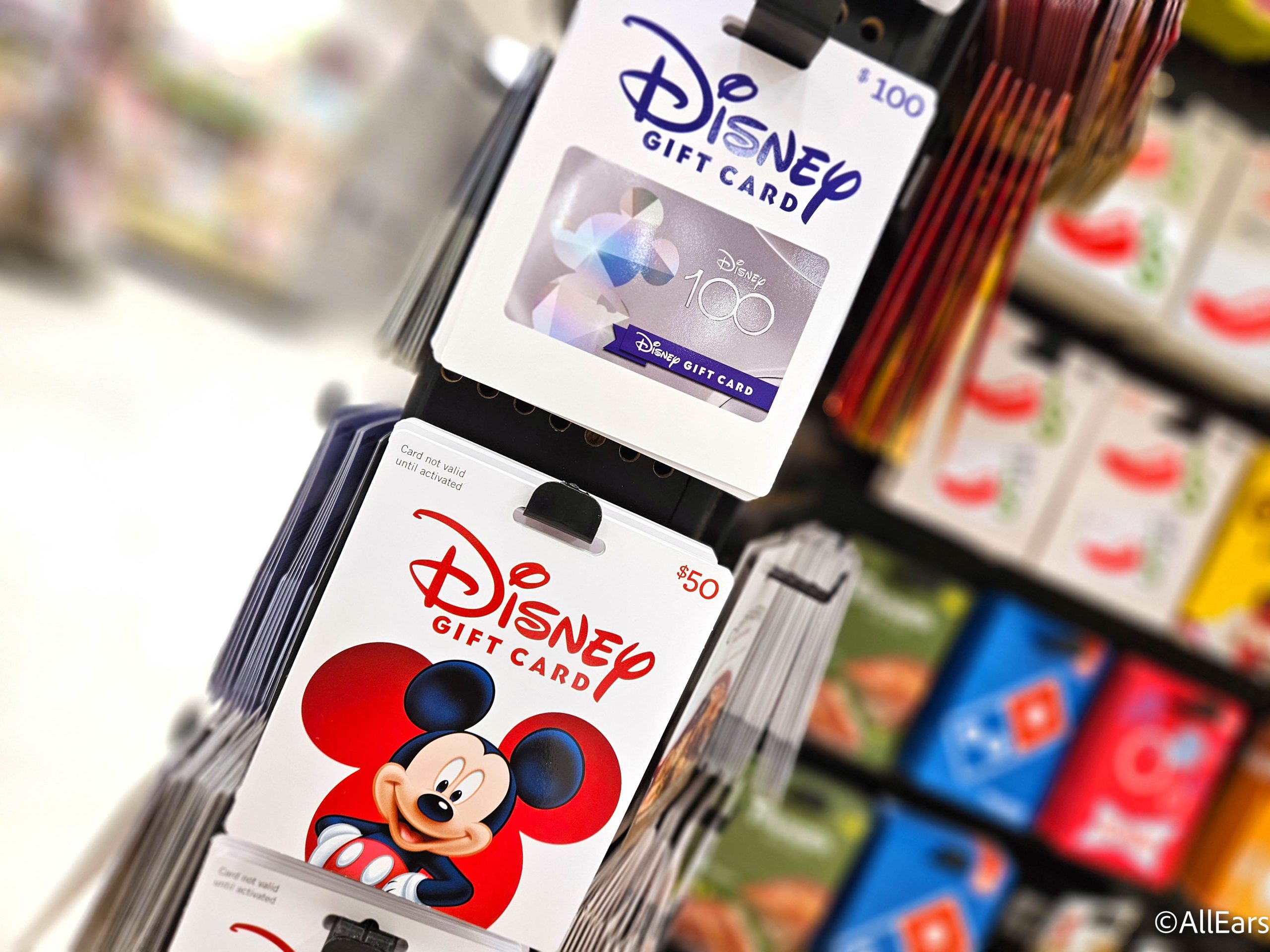
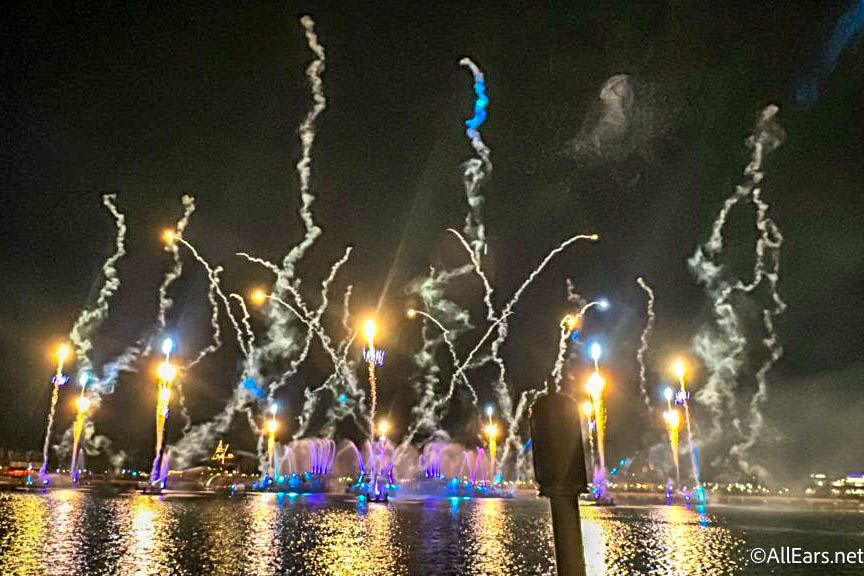


I worked Westside Attractions from 1992-997 at Disneyland and got to know Bruce very well. Great man!
I had the privilege of attending Bruce’s lectures on the Wonder doing a Panama Canal crossing. Truly a pleasure to listen to